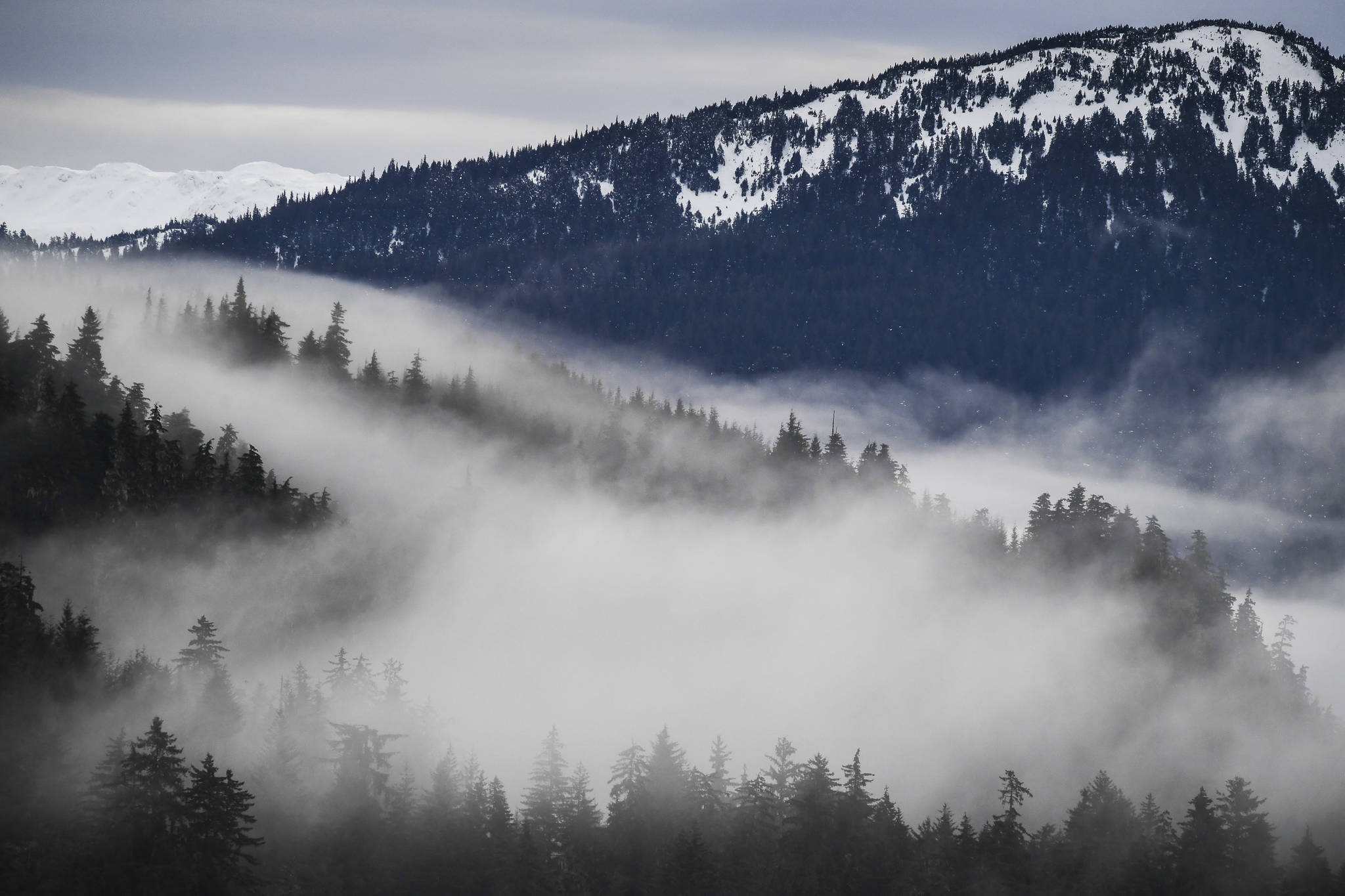The Tongass National Forest is globally significant.
It is the world’s last intact temperate rainforest and our nation’s largest national forest and provides more long-term value than what can be extracted from unsustainable old-growth logging practices subsidized by taxpayers. The Tongass supports numerous values and economic drivers, including, but not limited to: culture, recreation, tourism, subsistence, carbon storage, healthy ecosystems and ways to support living a life in this wildly perfect place. Some of these values are of personal and local significance, but others, like tourism and carbon storage, have tremendous global significance far outweighing any short-term values from clear-cut logging old growth made available by exempting the Tongass from the 2001 Roadless Rule.
My experience growing up in Sitka and the wild places surrounding it defines my lifestyle and values. I remain drawn to the forest, mountains and ocean for my recreation, my income, learning, and some of my food. I have worked on conservation and wilderness advocacy projects on the Tongass, and hope to do more of that type of work during my career, because I believe in sustaining the long-term health of this forest for future generations to use, learn from, and enjoy.
I have spent the previous two summers working with a small marine wildlife and photography expedition company, sharing the special wild animals and scenery the Tongass offers with visitors from all around the world. Like many other Alaskans, my work, and livelihood, could be negatively impacted if the Tongass is exempted from the Roadless Rule, as would the experience of visitors to our state.
The “Alaska Visitor Volume Report” for 2018 shows that it was the fourth consecutive year of increased visitor volume, the majority of visitors coming from all over the globe cruising their way through Southeast Alaska’s desirable Inside Passage, famous for its pristine opportunities for experiencing natural, undisturbed beauty. Southeast Conference “By the Numbers 2019” projects that in 2020, “1.44 million visitors are expected to spend nearly $800 million during their Southeast Alaska holidays.” It seems logical the economic focus reflect this naturally growing sector, along with other large sectors like wild fisheries; however, our leaders are instead more concerned with harvesting old growth in an industry that only accounts for less than 1 percent of the economy. This makes no sense, especially when the Forest Service’s own Draft Environmental Impact Statement states that a full exemption from the Roadless Rule would have “minimal beneficial impact” on the timber industry.
Additionally, the Tongass is a critical carbon sink, absorbing more carbon than any other national forest and helping mitigate the effects of climate change, which we are unarguably experiencing at an alarming rate in Alaska. Climate change is and will adversely affect our fish and wildlife populations, and us, so we need our old growth stands to stay standing and storing carbon.
I want to see the Tongass managed sustainably for our resources and our most significant economies supported. That cannot be done by exempting the Tongass from the 2001 Roadless Rule. Outdated ways of thinking must change in order to protect the Tongass for future generations of Alaskans and for the health and sustainability of our planet.
Please consider demanding a “No Action” alternative and submitting a comment to the USDA Forest Service by midnight on Dec. 17. I recommend the following tool: mobilize 4change.org/m6qwbb3.
• Lione Clare is a photographer and naturalist born and raised in Sitka, AK who loves photographing and exploring around the Tongass.
Columns, My Turns and Letters to the Editor represent the view of the author, not the view of the Juneau Empire.

